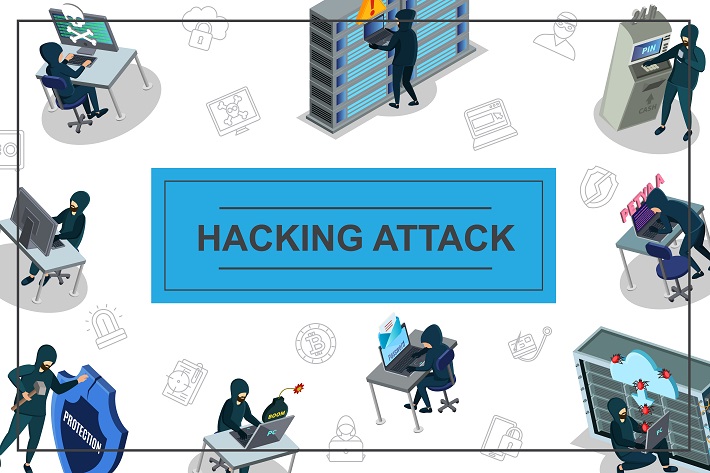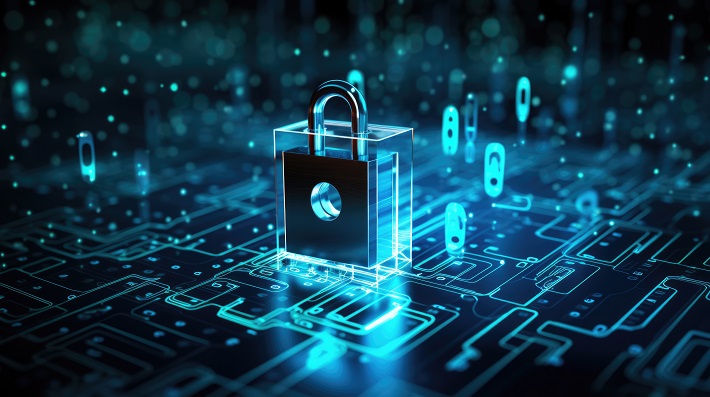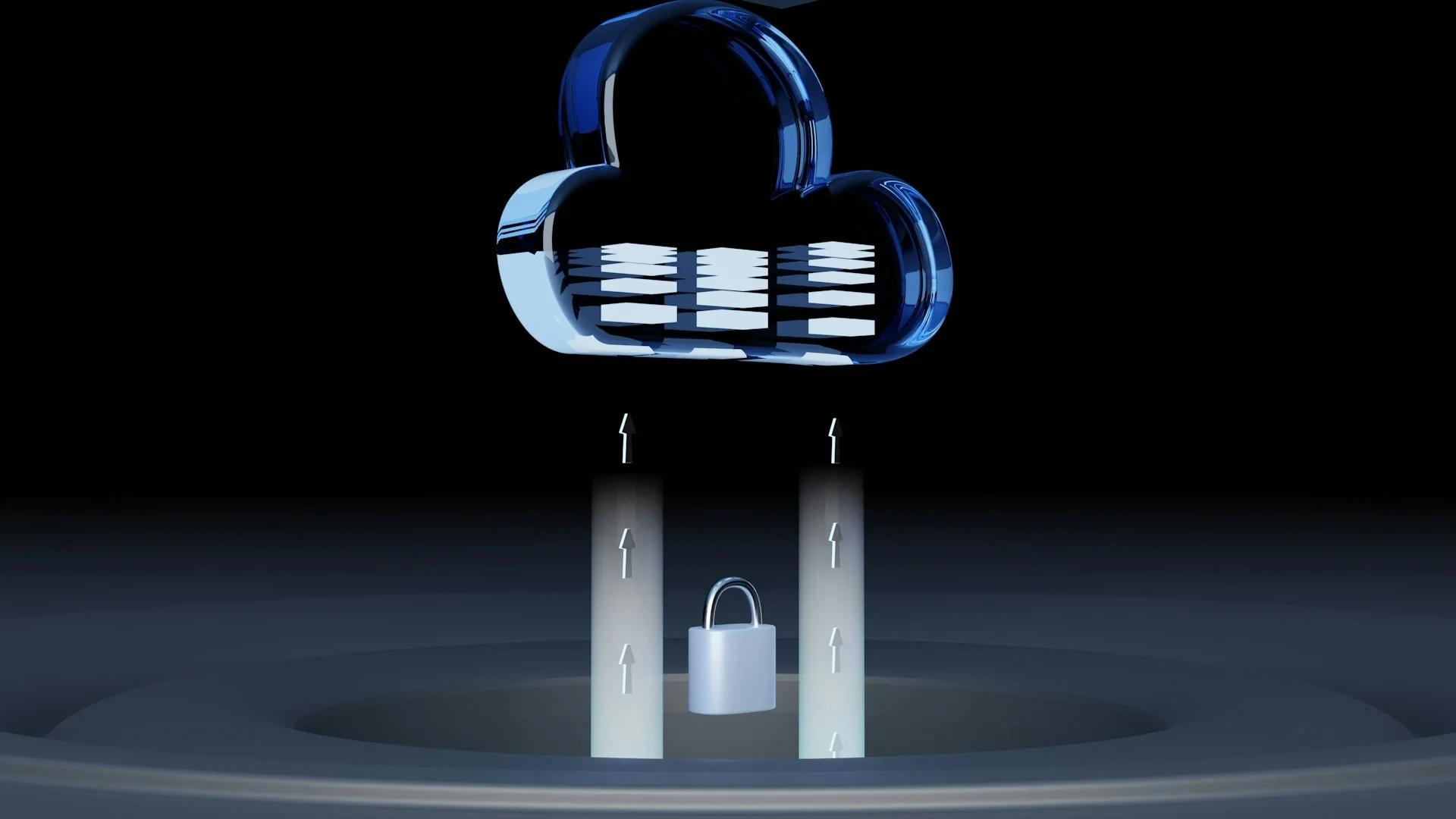Cybersecurity protects devices, networks, programs, and data from cyberattacks and unauthorized access. Different types of cyber security safeguard various assets, ensuring comprehensive protection across all fronts. As hackers become more sophisticated and utilize advanced malware, it is essential to understand these threats and apply the right cybersecurity strategies to remain safe. With organizations increasing their investment in cybersecurity by 51%, it’s clear that robust protection is becoming even more important for businesses.
In this blog, we’ll explore different types of cybersecurity, each tailored to counter specific cyber threats.

Types of Cyber Attacks
Since the first cyber incident in 1965, cyberattacks have evolved significantly. Some common types of cyber attacks include:
- Ransomware
- Malware
- Supply chain attacks
- Phishing
- Social engineering
- Advanced Persistent Threats (APTs)
- Gen V attacks or mega attacks
- Viruses like Trojan, Worm, and more
What is Cybersecurity, and How Does it Help?
Cybersecurity categories safeguard digital devices connected to the Internet to ensure data availability, integrity, and confidentiality. Today, digital devices and systems such as computers, smartphones, laptops, tablets, and home automation have become integral parts of our daily lives. Organizations across various sectors handle vast amounts of sensitive data, whose protection is paramount to prevent substantial financial and property losses. Cyber attacks pose significant threats to the economy, making robust cybersecurity strategies essential to mitigate potential damages.

Top 10 Types of Cybersecurity
Different areas of cyber security address distinct threats. Here are the top 10 categories of cybersecurity that are relevant for most businesses, big or small.
1. Information/Data Security
Information or data security protects a company’s sensitive information or data. This includes addressing data privacy, integrity, and confidentiality. Use strong data encryption and cryptography methods to encrypt data and prevent unauthorized access.
2. Cloud Security
As more and more organizations migrate to the cloud, securing and safeguarding data and applications in the cloud is important. Many types of cyber security include cloud security, which pertains to measures used for protecting data in the cloud and its infrastructure. Measures include using:
- Cloud Access Security Brokers (CASBs) that act as intermediaries between cloud service users and providers to enforce security policies
- Robust cloud configurations and VPNs
- Strong data encryption methods for cloud data storage and transit
3. Network Security
Among different types of cyber security is network security. It involves protecting all systems in the network, including network hardware (hubs, switches, servers, clients, routers, bridges, etc.) and software (applications, protocols, operating systems, etc.) from security breaches, unauthorized access, and other external threats. Install advanced firewalls and use preventive systems, such as:
- Intrusion detection and prevention systems
- Virtual Private Networks (VPNs) for transmitting sensitive data
- Data Loss Prevention (DLP) controls
- Identity Access Management (IAM) and network access control methods
- Data encryption mechanisms
- Sandboxing, etc.
4. Application Security
Application security refers to measures taken to prevent vulnerabilities in applications and data. These vulnerabilities can crop up anytime during the entire application development lifecycle, including the design, development, and publishing stages. Application security can also prevent bot and API malicious attacks. Some of the application security measures include using:
- Static or dynamic application security scanning and testing for vulnerabilities in the source code during development
- Secure programming best practices
- Strong authentication protocols
5. Endpoint Security
Endpoint security addresses threats posed by endpoints such as laptops, smartphones, servers, networks, desktops, and other entry points vulnerable to cyberattacks. These threats are avoided using the following:
- Antivirus and antimalware applications
- Endpoint Detection and Response (EDR) systems
6. Mobile Security
Mobile security refers to security methods for preventing attacks on laptops, smartphones, tablets, and other portable devices. Using mobile device management (MDM) solutions, enterprises can protect portable systems from attacks and ensure they comply with company regulations.
7. Internet of Things (IoT) Security
IoT security is safeguarding devices and networks connected to the Internet and the cloud. For example, IoT security protects home security cameras, home automation systems, and other devices from security breaches. It is done using:
- Device authentication methods like multi-factor authentication
- Regular firmware and software updates
- Network isolation or segmentation to limit damage
8. Operational Security
Operational security focuses on processes and decisions for addressing cyber threats and protecting assets and sensitive data. Measures include:
- Establishing protocols for monitoring cyber threats
- Developing incident response plans
9. Infrastructure Security
Physical or infrastructure security measures safeguard virtual and physical systems like hardware, software, and network infrastructure from damaging events. Critical infrastructure comprises transportation, energy, water, agriculture, food, and medical systems, which must be protected from malicious attacks using various types of cyber security. Some infrastructure security measures include using:
- Assessment of vulnerabilities and incident response strategies
- Security training
- Physical security measures, such as biometrics and key cards for access control; security cameras and video surveillance systems for monitoring unauthorized entry
10. Identity and Access Management (IAM)
IAM manages users’ identities and controls their access to resources in an organization. This ensures that the right people access the right resources at the right time for the right reasons. It is implemented using:
- Single Sign-On (SSO), biometrics
- Two-factor authentication or multi-factor authentication (MFA)
- Role-based access control mechanisms
- Security checks and audits
Consult Cybersecurity Experts
Cybersecurity is a dynamic area that requires a layered approach for adequate protection against threats.
If you want to implement various types of cyber security measures in your organization or business, don’t look further than ImagineIT. Our comprehensive cybersecurity services offer more than just defense. You can rely on us for high-quality solutions that detect, protect, and prevent unauthorized access and attacks.





